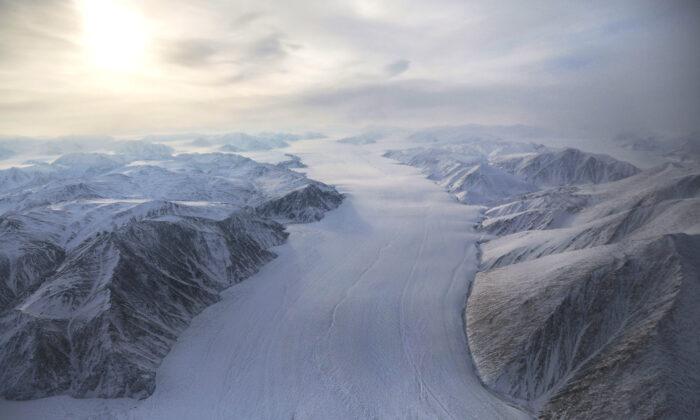In efforts to beef up security in Canada’s Arctic, a new $36 million remotely piloted aircraft system (RPAS) is scheduled to start monitoring the region early this year. A $30 million Arctic surveillance complex was also due to be completed in 2023, but delays have pushed the completion date to March 2025.
Ellen Kennedy, spokesperson for the office of the Minister of Transport, told The Epoch Times the RPAS and new surveillance complex in Iqaliut, Nunavut, are two actions the government is taking to increase security.
“We are continuing to take the [auditor’s] findings and recommendations into account and will continue to take steps to address them,” Kennedy told The Epoch Times via email.
The new Arctic National Aerial Surveillance Program (NASP) Complex in Iqaluit will support the maintenance of aircraft in the region and extend surveillance operations into late fall or winter, Kennedy said.
“It will allow NASP aircraft to operate in the Arctic as needed and to conduct missions in support of marine pollution prevention, emergency response, ice reconnaissance, search and rescue, and the satellite monitoring of vessels,” she said.
Auditor General Karen Hogan told reporters in November: “The ability to be able to surveil the Arctic and monitor what’s happening requires tools, whether it be vessels or aircrafts or satellites or infrastructure. ... All of those are aging.” Satellites essential to surveillance of the Arctic are “nearing their end” by 2026, she said, according to Blacklock’s Reporter.
“The lack of awareness about vessels in the Arctic creates vulnerabilities that, if left unaddressed, could lead to incidents that would affect Canada’s security, safety, environment and economy,” she wrote.
“Any future conflict over resources, control of shipping lanes, or other related issues is contingent on the ice melting to sufficient levels,” said the report, released Jan. 1.
It noted a recent increase in militarization in Russia’s Arctic territory, but said “there is no evidence to suggest this increase will impact Canadian security over the next 12 months.”
Infrastructure in Canada is outdated by “roughly 30 years” the report said. “Consequently, the technology cannot detect modern weapons or stealth craft in aerial or submersible forms.”





